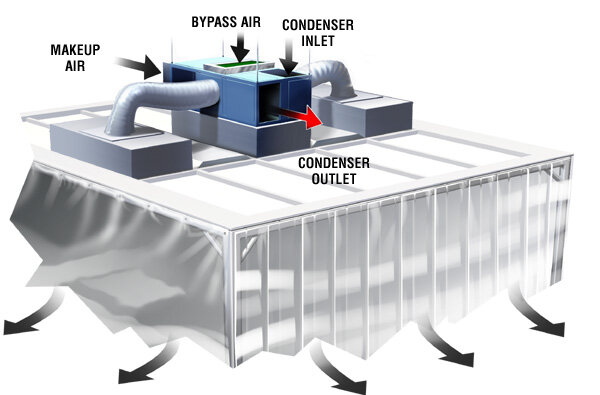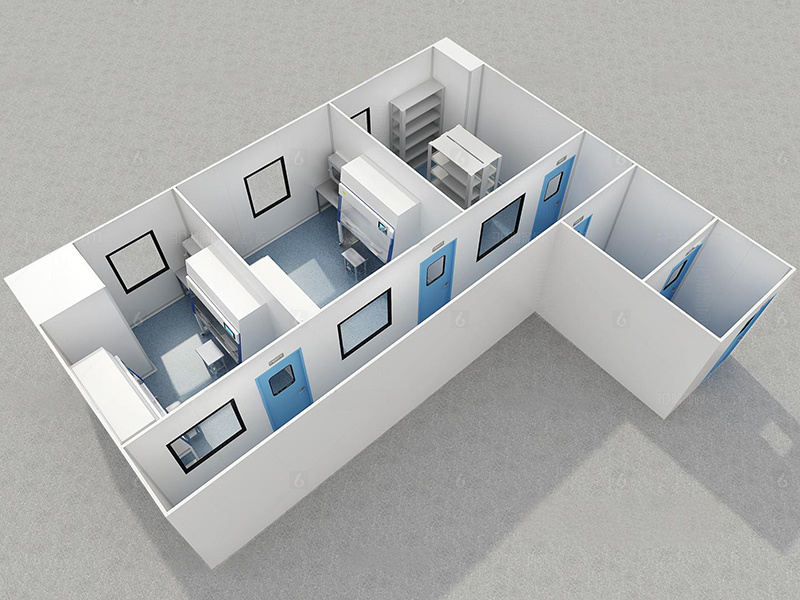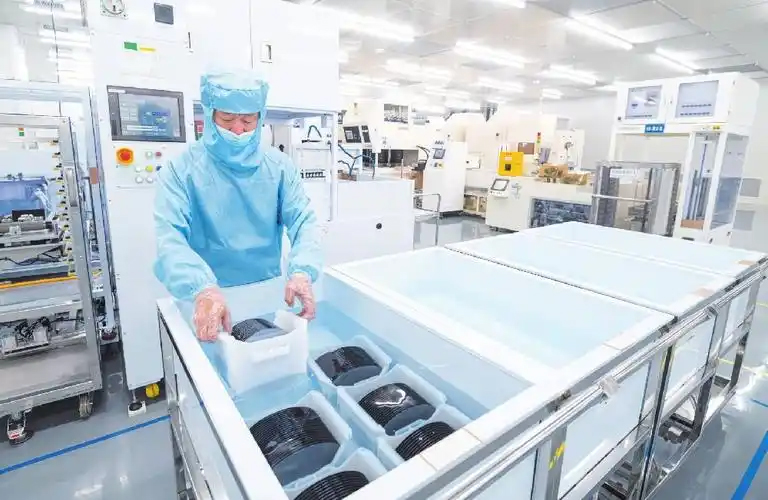Understanding ISO-6 Cleanroom standards
Navigating the world of cleanrooms requires an understanding of various classifications defined by the International Organization for Standardization (ISO). Among these, ISO-6 cleanrooms offer a controlled environment essential for numerous high-tech manufacturing processes. This article delves into the specifics of ISO-6 Cleanroom standards, exploring their significance and applications across industries.
Airborne Particle Count
ISO-6 cleanrooms are designed to maintain an environment where the concentration of particles does not exceed 1,000,000 particles per cubic meter that are ≥0.1 µm in size. This makes them vital for industries where contamination could adversely affect product quality and performance.
Stringent controls are implemented to monitor and maintain these particle concentrations, ensuring a precise balance between cleanliness and operational efficiency.
air changes Per Hour
| cleanroom class | Minimum air changes Per Hour |
|---|---|
| iso 6 | 180 |
This high rate of air exchange is crucial for maintaining the stringent cleanliness standards set for ISO-6 classifications.
HEPA Filtration
ISO-6 cleanrooms employ High-Efficiency Particulate Air (HEPA) filters to remove airborne particles. HEPA systems are the backbone of cleanroom filtration due to their ability to capture 99.97% of particles as small as 0.3 micrometers, significantly reducing the particulate load within the controlled space.
The effectiveness of HEPA filtration systems is essential for maintaining the level of cleanliness required in ISO-6 environments, offering reliability in critical manufacturing processes.

Airflow Dynamics
The standard airflow rate for ISO-6 filter systems ranges from 18 to 32 Cubic Feet per Minute (CFM) per square foot. Maintaining this flow rate ensures the consistent expulsion of contaminants and supports optimal cleanroom functioning.
In practice, engineers meticulously design the airflow patterns to ensure coverage across all areas of the cleanroom. This prevents stagnation and reduces the potential for particulate build-up, which could jeopardize product integrity.
Application Examples
ISO-6 cleanrooms find applications in numerous fields, including:
Biotechnology

Where precise controls are needed to protect against contamination in sensitive biological processes.
Semiconductor Manufacturing

In certain stages of production where moderate levels of Clean air are essential.
Nanotechnology

Where even small imperfections can significantly impact product quality.
Additional industries utilizing ISO-6 cleanrooms include:
- • Food
- • Electronics
- • Pharmaceuticals
- • New Energy Solutions
- • Biotech Laboratories
Comparison with Other ISO Levels
Higher ISO Ratings (e.g., iso 5, ISO 4)
Higher ISO ratings require stricter particle controls and higher air change rates, making them suitable for environments where even minute particles might lead to significant product issues. These cleanrooms provide maximum cleanliness for the most sensitive manufacturing processes.
Lower ISO Ratings (e.g., iso 7, iso 8)
Conversely, lower ISO ratings allow greater particle concentrations and have fewer air changes per hour, making them apt for applications where absolute cleanliness is less critical. These environments are often used for procedures with slightly relaxed contamination controls.
Conclusion
ISO-6 CleanRoom Classifications serve as a vital standard for controlling air purity levels in various industries requiring balanced contamination controls. With their rigorous criteria for air changes, filtration, and airflow management, ISO-6 cleanrooms ensure high-quality outcomes for products in biotechnology, Electronics, and more. Deiiang™, guided by the expertise of product designer Jason.peng, exemplifies the integration of these standards into innovative cleanroom solutions.
References
- International Organization for Standardization (ISO) standards on CleanRoom Classifications.
- The American Society of Heating, Refrigerating and Air-Conditioning Engineers (ASHRAE) guidelines on cleanroom airflow rates.
- Deiiang™ whitepapers on innovative cleanroom solutions by Jason.peng.
- "cleanroom technology" journal articles on HEPA filtration systems.
- Industry reports on the application of ISO-6 cleanrooms in manufacturing processes.
- Codex Alimentarius standards for food safety in cleanroom environments.
By adhering to ISO-6 standards, businesses can ensure both compliance and optimal product quality through meticulous environmental control.
 +86 18186671616
+86 18186671616 Jason@cleanroomequips.com
Jason@cleanroomequips.com
 MENU
MENU



